Srebrenica
Exhumation
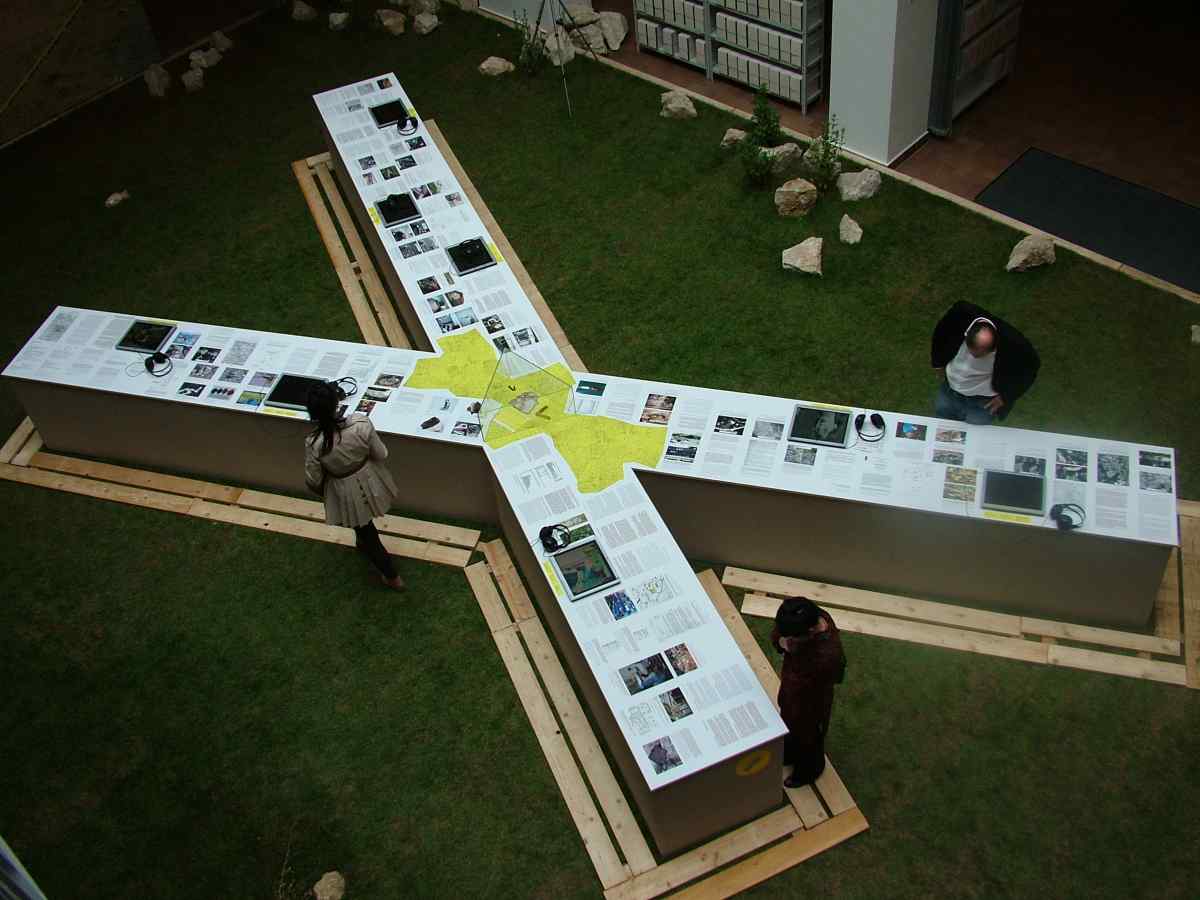
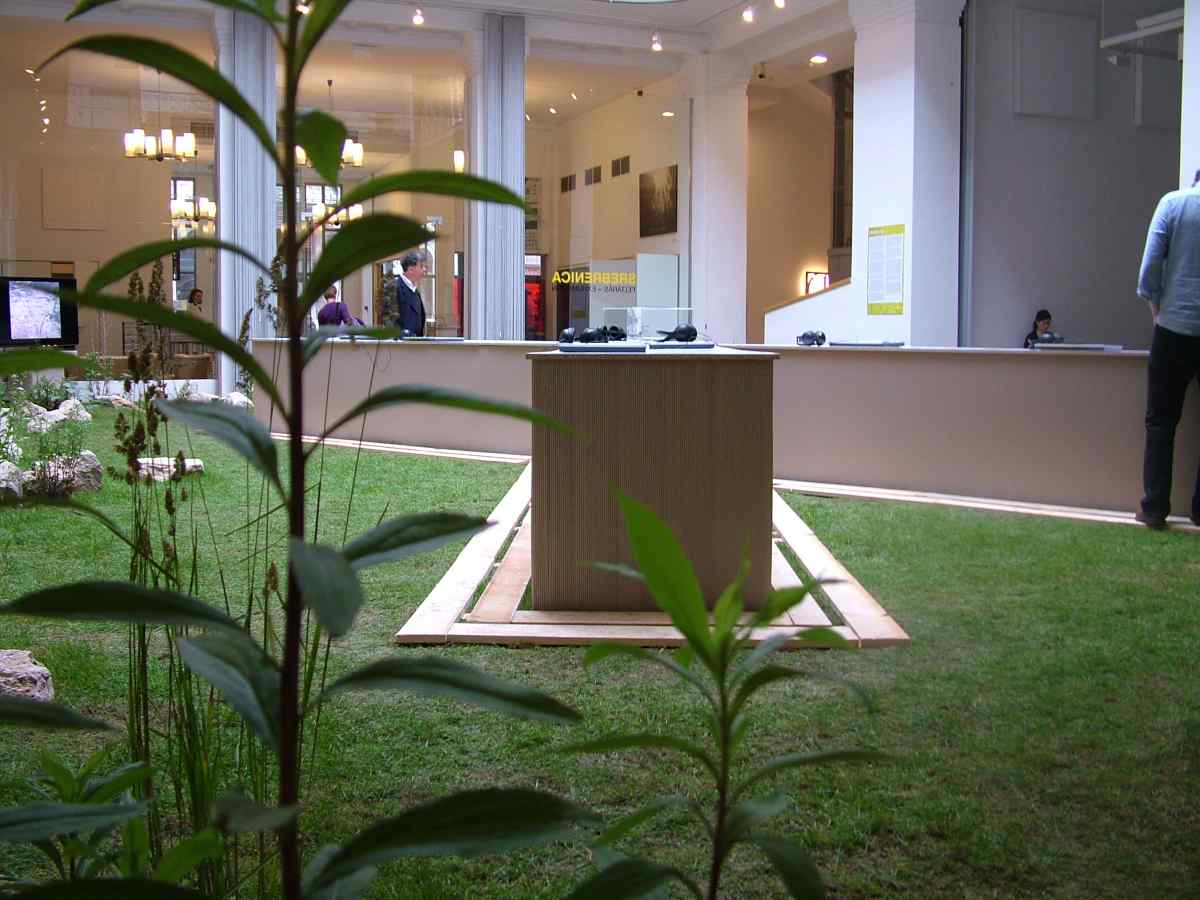
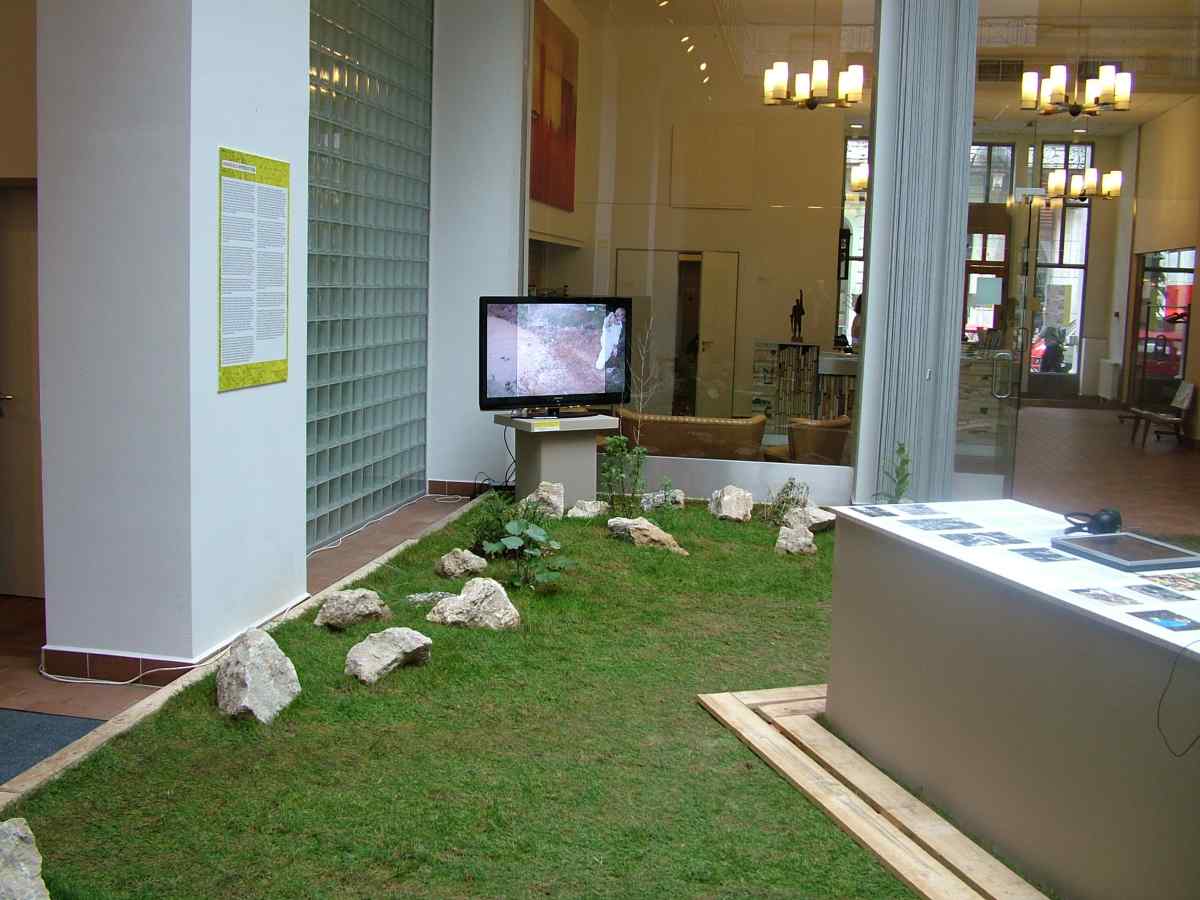
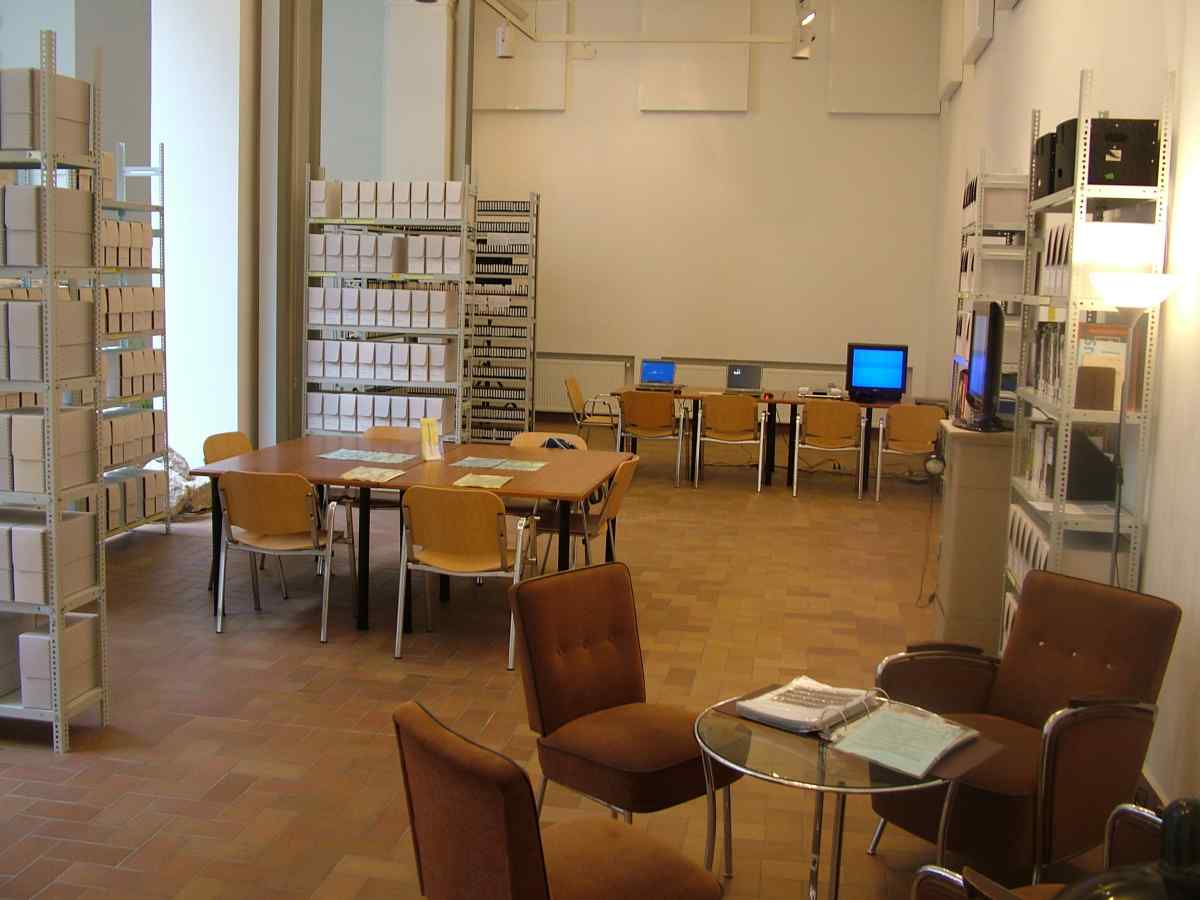
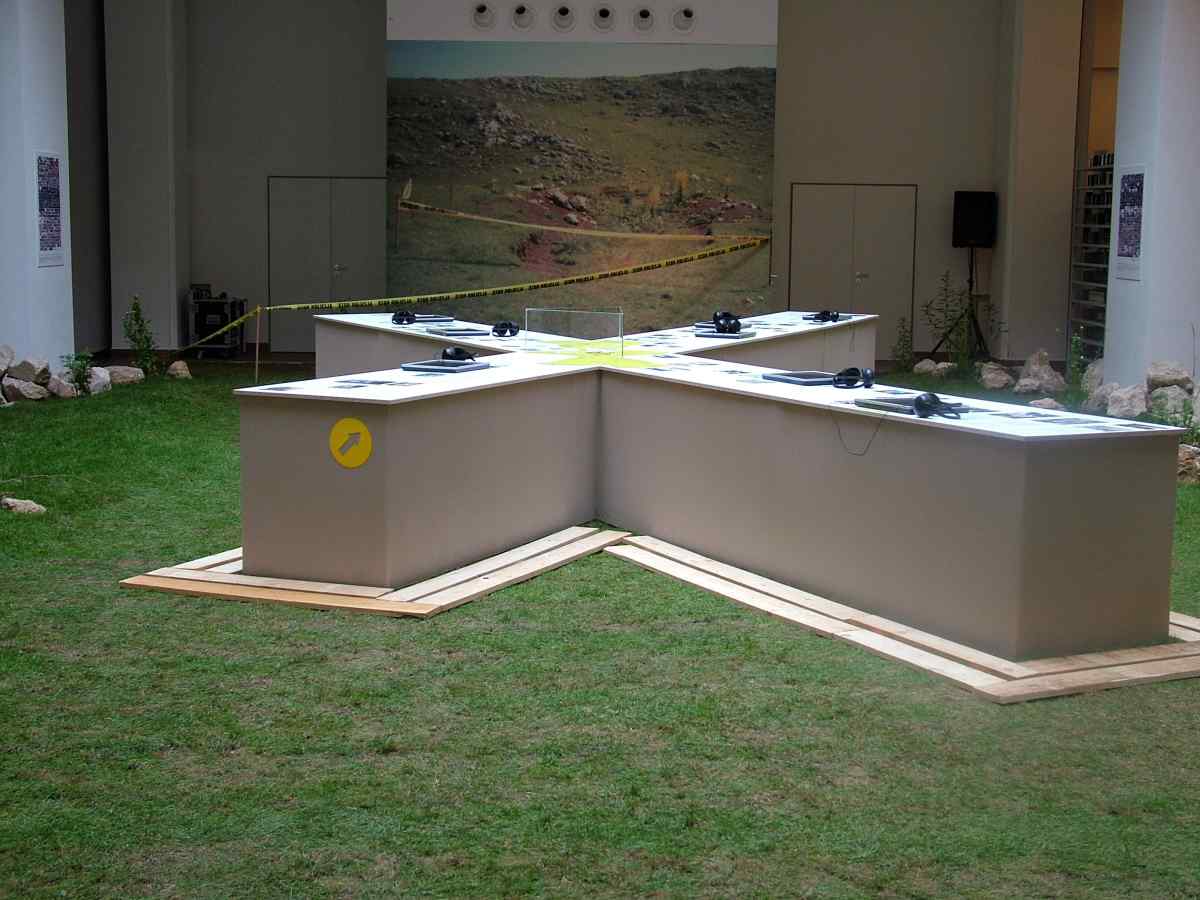
design: TAMÁSI Miklós
The Sense Agency in The Hague
The International Commission on Missing Persons and the Missing Persons Institute in Sarajevo
“In a criminal investigation it is the forensic stuff that tells the story so compellingly... the science in it is frankly quite spectacular.” (Louise Arbour, former Chief Prosecutor, International Criminal Tribunal for the Former Yugoslavia)
In the period of July 11–18, 1995, the Bosnian Serb Army massacred over 7,000 Muslim men and boys in and around the small Eastern Bosnian town of Srebrenica, a “safe area” under UN protection. The bodies were first dumped into mass graves; these were later reopened and the commingled remains reburied in secondary mass graves to make their identification more difficult. During the nearly 15 years of investigation, however, more than six thousand victims from 80 mass graves have been identified. The massacre was condemned as genocide by the International Criminal Tribunal for the Former Yugoslavia (ICTY) in a precedent trial, but many still refuse to recognize it as such despite the collected evidence.
The true scale, the military architecture, and the predetermined and careful organization of the genocide are best revealed in the documents that have been produced as the result of an enormous amount of meticulous investigative work. The map of war crimes created with the help of these “exhibits” provides compelling evidence as to the identity of the perpetrators and serves as a basis for their indictment. A clinically precise yet somewhat detached analysis of documents and data, however, reveals that it is as important for the victims, who, stripped of their identities, were shot down, blindfolded, hands tied behind their backs, into unmarked mass graves, and then were given only identification codes and numbers in the various exhumation records, to regain their identities and have a proper burial and final rest.
OSA’s reconstruction builds primarily on records collected during forensic investigations, exhumations of mass graves and the identification of human remains. Military maps, site sketches and photos, aerial images produced by spy satellites, forensic reports, testimonies by survivors, and excerpts from films will be presented partly in traditional forms and partly in computer installations in a reconstructed model of a mass grave, created with the tools of land art. In the gallery’s two aisles adjacent to the main installation, additional archival sources describing the wider context of the story will be available: documents, books, and audiovisual materials from OSA’s extensive relevant collections will be displayed for consultation in the research room, and documentaries will be screened in the movie hall. Thus, visitors who wish to continue the exhumation by doing their own archival research become part of the exhibition themselves.
Our cooperating partners in this exhibition are one-time investigators, forensic anthropologists, and journalists, as well as the Sense Agency in The Hague, the International Commission on Missing Persons and the Missing Persons Institute in Sarajevo.
Information about the related film program you can find here.
Warning! The documents presented here are of a disturbing nature: the exhibition is recommended only for persons above the age of 16.
Footage of the exhibition can be found on Blinken OSA Archivum’s YouTube Channel.